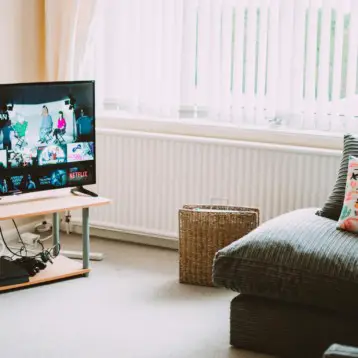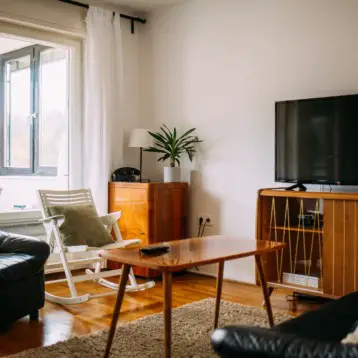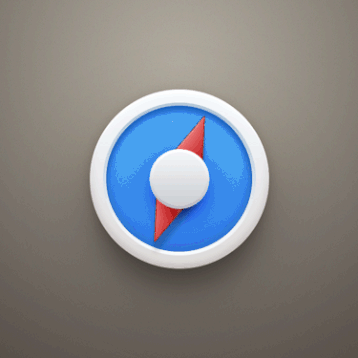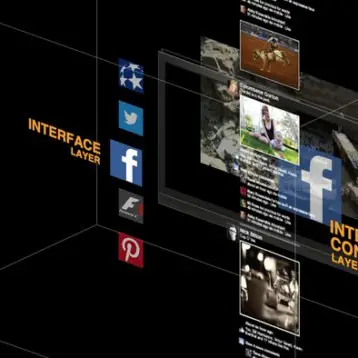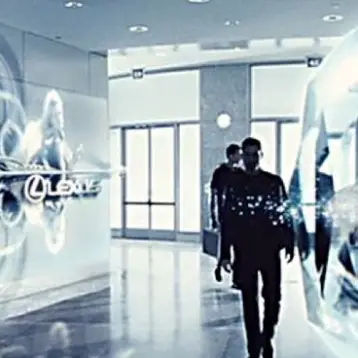The U.K. company Screen Excellence’s new VistaCurve projection screen has been developed to give movie theater experiences at home. The curved system is available in sizes up to 160 inches wide and uses an acoustically transparent woven screen, similar to ones used in movie theaters, which deliver uncompromised video and sound performance. VistaCurve can reach resolutions up to four-times that of current HDTV standards, and affords images of absolute color purity.
VistaCurve (VC) projection screens have been designed to provide a perfect match to images projected through a panamorphic lens. Achieving ideal cinematic projection is only found using the CinemaScope aspect ratio, the format adopted for the production of most movies. Using widescreen imaging with exacting screen size ratios and a curved screen bring a more lifelike space to the viewer and enhances the total experience. VC screen sizes range from 80” to 160” wide, and are available for around $5,800.
The screen material, produced by Enlightor 4K (EN4K), is Screen Excellence’s cutting edge
acoustically transparent (AT) woven fabric, provided as standard with VistaCurve. Use of an AT screen makes a difference in sound and video quality – the AT screen allows placement of the center speaker directly behind the screen and centered, where sound and image are synchronized for the viewer’s eyes and ears.
VistaCurve AT screens are fitted with an acoustically transparent rear black layer which totally absorbs light reflections. Many of the highest quality solid screens provide an image gain of 1.0, indicating that the light input from the projector equals reflected light output from the screen. EN4K fabrics, used on VC screens, provide a gain of 0.95, a negligible loss, and enhance black levels, overall contrast ratio, and image definition. Screen Excellence’s site data states that Enlightor screen fabric combines a vivid and uncompromising image for any projector type, with a level of acoustical transparency unmatched by any projection surface.
In review of the sound quality, Enlightor 4K acoustic transparency differs from any other ATscreen fabric. EN4K provides a uniform attenuation of -2.5 dB over the whole frequency spectrum, allowing one to simply readjust volume level on the front channels without any type of EQ (equalization). Acoustic absorption is evenly spread over 4 octaves and there are no minimum speaker distances required. With no reflection on the rear of the fabric itself, no distortion is created in the sound distribution.
The
history of acoustically transparent screens dates back to around 1929. The need for AT screens appeared in
cinema as soon as there had been a sound system reproducing speech synchronized with the image. The most common technique consisted of perforating many tiny holes in the screen material.
By the late 1990’s, fixed-pixel projectors became the new standard of the industry, causing the problem of projected grilles of pixels interfering with the rows of micro-perforations and creating unacceptable moiré effects. A screen fabric made of woven cloth was developed in Japan in 1994 as a solution to the problem of moiré effects. Screen Excellence has continued the development of the woven fabric to the EN4K design.
For more information on Screen Excellence, you can visit the company’s
website.


